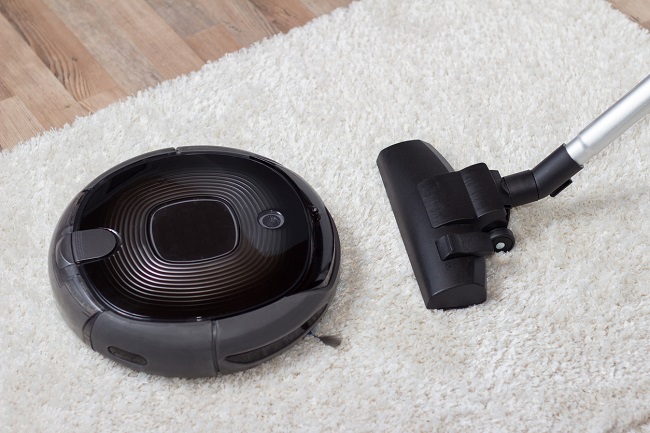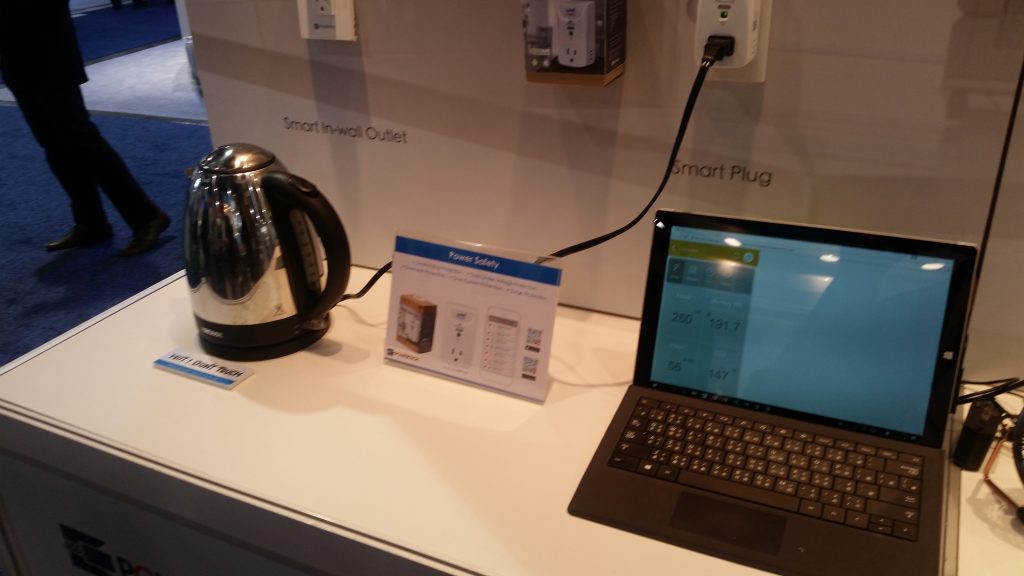 Do robots live among your appliances? There’s a growing chance at least one type does. Sales of robotic vacuums and cleaning robots are expected to grow from $981 million in 2013 to $2.6 billion by 2020. And the innovations keep coming. New features like cameras, voice controls and improved navigation have taken robotic vacuums from a novelty to a fixture in floor care.
Do robots live among your appliances? There’s a growing chance at least one type does. Sales of robotic vacuums and cleaning robots are expected to grow from $981 million in 2013 to $2.6 billion by 2020. And the innovations keep coming. New features like cameras, voice controls and improved navigation have taken robotic vacuums from a novelty to a fixture in floor care.
So what does one need to know before turning over vacuuming duties to a robotic partner? Robots have come a long way in floor care, but they’re still widely considered a supplement to, not a replacement for traditional vacuums. They can’t yet climb stairs, but they can sometimes reach areas that are hard to get to with traditional vacuums, like deep beneath furniture. They’ll take longer to clean a room—about 30 to 90 minutes, depending on the robot and the size of the room—but they can also do it on their own, whether or not you’re there to supervise.
 The hundreds of robotic vacuum models on the market offer different features. They use different methods to find their way around a room, using laser, cameras or infrared sensors. They may have different work capacities or perform better on certain surfaces. Some models use lithium ion batteries, others use nickel metal batteries.
The hundreds of robotic vacuum models on the market offer different features. They use different methods to find their way around a room, using laser, cameras or infrared sensors. They may have different work capacities or perform better on certain surfaces. Some models use lithium ion batteries, others use nickel metal batteries.
Are you ready to welcome a robot into your home? Follow these tips to create a more hospitable habitat for your new cleaning companion:
Break down barriers: Take a look around the area you’re going to vacuum, and remove any potential obstacles. Even a sock or something smaller on the ground can interrupt cleaning, particularly if the robot tries to vacuum it. Remove any items that could get stuck in your robot’s rollers and cause an error.
Remove the cords: Just as you would with traditional vacuums, make sure the area being cleaned is free of plugs and power cords that the robot may try to vacuum.
Keep it confined: A robotic vacuum goes where you allow it to go. Close doors that might lead it to another area that does not need to be vacuumed, or use the technology features to keep it within a certain range.
Welcome it home: Many robotic vacuums will automatically make their way back to their charging station when their power starts to drop. Put the charging station in an area that’s easy for the robot to access.
Keep the robot clean: Keep your robot’s sensors and other navigation tools free of debris, as it can interfere with navigation. Empty the robot’s dustbin after every use. Make sure filters are clean and replace as necessary.
The next robotic revolution
Robots are slowly making their way beyond vacuuming into areas like mopping and air purification. Automation is becoming part of appliances, with many new models incorporating voice controls and the ability to adapt to our habits. Are there any tasks you would be happy to hand off to a robot? Let us know in the comments!





